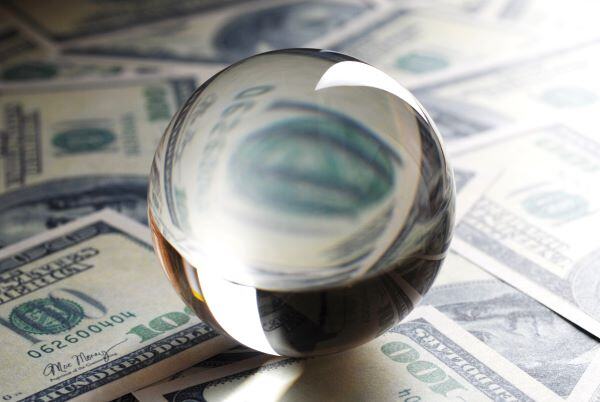
Inflation has been an issue the last couple of years, but what particular good seems to be driving that inflation at any point in time seems to be constantly changing. The price of lumber was the story for a while, then used cars, then oil and gasoline, then rent prices, and other important goods sprinkled in between. Today the dominant narrative is over eggs prices. So why are eggs so expensive?
Egg prices in December rose 60% from a year earlier, according to Consumer Price Index data released Thursday. Across U.S cities, the average price for a dozen large grade A eggs was $4.25 last month, down from a peak of $5.46, according to figures from the Federal Reserve Bank of St. Louis.

I was listening to an economic podcast called Odd Lots the other day (highly recommend). In this episode, they were interviewing Glenn Hickman, president of Hickman’s Family Farms. This Arizona egg farm has roughly 10 million chickens, and he gave an interesting insight into the whole business, including the spike in prices last year. I’ve included a link to the podcast below and will highlight some of the interesting points.
Most of the spike in prices can be attributed to the avian flu (aka bird flu). Bird flu is carried by free-flying waterfowl, such as ducks, geese and shorebirds, and infects chickens, turkeys, etc. In another major recent epidemic of the disease, it killed more than 50 million chickens and turkeys in 2014 and 2015, while causing economic losses of $3.3 billion, the USDA estimates.
This past year, nearly 58 million birds have been infected with avian flu as of January 6, the USDA said, making it the deadliest outbreak in U.S. history. Infected birds, along with any other birds in the same flock, must be euthanized, causing egg supplies to fall and prices to surge.
The timing for the peak of the infection also couldn’t come at a worse time. Historically, eggs are at their highest demand around the holidays. So when you take that enhanced demand at a time when over 5% of the entire U.S. chicken flock has been killed by the avian flu, you get a surge in prices.
According to Mr. Hickman, there are other factors that have played a part in overall higher prices as well. Since Russia invaded Ukraine, corn and grain prices (used as chicken feed) have exploded higher. In addition, labor and utility costs have gone up, adding additional pressure to raise prices.
Fortunately, there is some good news. First, the worst of the flu seems to be behind us, and chicken farmers are rapidly trying to repopulate their egg laying capacity. In addition, the surge in demand from the holidays is over. So, prices are already starting to come down rapidly, and the expectation is this will continue into 2023.
Lastly, I’ll highlight what I thought was an encouraging point about the efficiency gains that have been made in egg farming over the last several decades. According to Mr. Hickman, an acre of grain production (this is how its measured), will produce 4 times as many eggs as it did in 1960. All of that efficiency has been reflected in the marketplace over the years, and consumers have enjoyed those prices.
It’s a highly competitive market, so if a producer can cut its costs, other competitors feel they have to as well to maintain market share. “A year ago, in 2021, we were selling eggs for virtually the same price as we did in 1960”, Hickman said. Hopefully these types of gains in efficiency will continue in the years to come!












